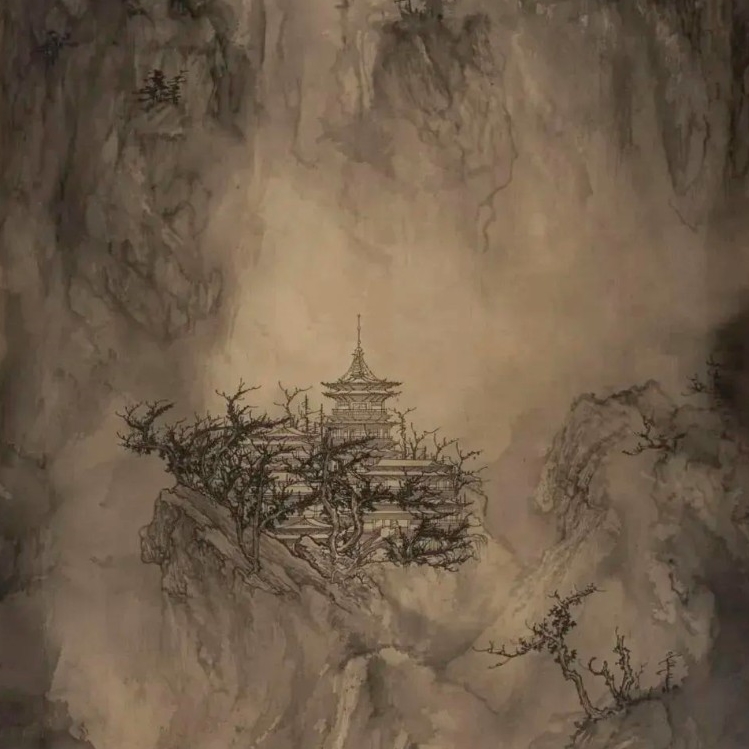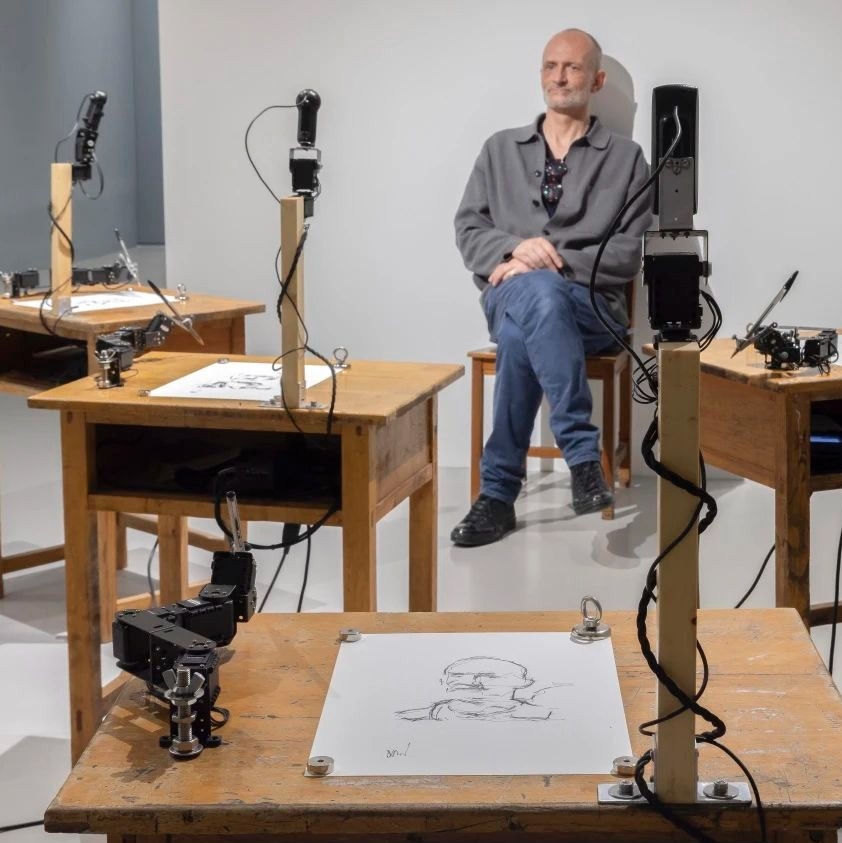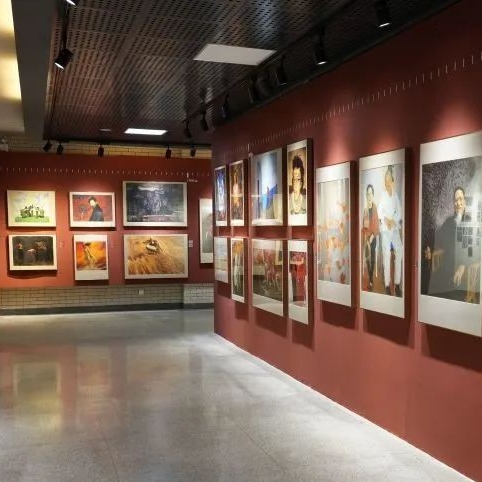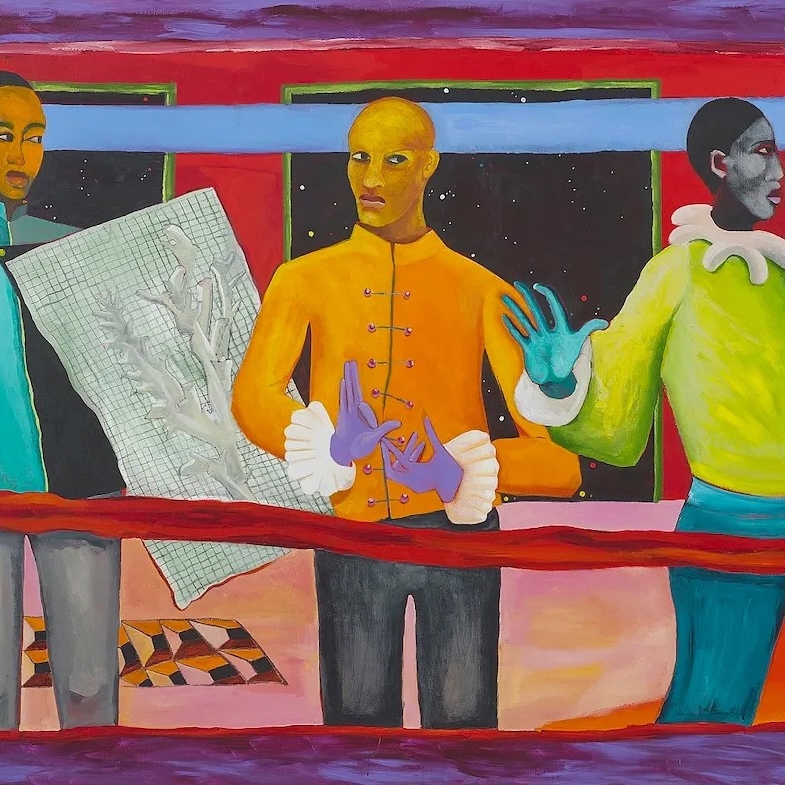 Frida Kahlo and Diego Rivera in Coyoacán, Mexico City, 1943. Photo Courtesy of the Organizers.
Frida Kahlo and Diego Rivera in Coyoacán, Mexico City, 1943. Photo Courtesy of the Organizers.
“Diego & Frida: Life Chronicles,” a collection of 60 photographs that reviews the tumultuous story of the artistic couple, painters Frida Kahlo (1907-1954) and Diego Rivera (1886-1957), is on display at the Jupiter Museum of Art.
The exhibition features the important moments of Diego Rivera and Frida Kahlo, who are one of the most celebrated couples of Mexican art history. Their charismatic personalities helped to establish a movement which would have a definitive influence on the cultural life of Mexico in the 20th century. Together for almost 25 years (from their marriage in 1929 until Kahlo’s death), their relationship was defined by a myriad of events and failed encounters that transcended the realm of the private to become part of the public domain.
 Diego Rivera and Frida Kahlo in San Francisco. Photo Courtesy of the Organizers.
Diego Rivera and Frida Kahlo in San Francisco. Photo Courtesy of the Organizers.
The romantic union between Kahlo and Rivera brought together intellectuals, politicians and celebrities. Their home was a place of gatherings, deliberations and intrigue within the social and political life of Mexico. The intermittent periods during which they lived in the United States, due to commissions Rivera received, helped to shape their views on capitalism, progress and revolution, but it was also a breaking point in their personal relationship. Their return to Mexico marked another turning point: The couple separated towards the end of 1939 only to marry again one year later in San Francisco. This was a time of great activity and enthusiasm: Rivera was instrumental in the Mexican government's decision to grant León Trotsky's final asylum. Furthermore, the time both spent with André Breton, the founder of Surrealism, resulted in the promise of an exhibition which would take Frida Kahlo to Paris in 1939. Over the years, they created a network of artists and intellectuals who would become part of the modernizing forces of the country. This exhibition is a collection of photographs of distinguished artists who were friends and colleagues of the couple, among them, Guillermo Kahlo, Guillermo Zamora, Vicente Contreras, and Ernesto Reyes. The images depict important moments in the lives of Frida Kahlo and Diego Rivera. They also reflect the pain and physical deterioration of Kahlo, her political activism, including the last photograph taken of her in a politic demonstration, days before her death in July 1954.
 Funeral of Frida Kahlo. Photo Courtesy of the Organizers.
Funeral of Frida Kahlo. Photo Courtesy of the Organizers.
Kahlo is known for her many portraits, self-portraits and works inspired by the nature and artifacts of Mexico. Inspired by the country’s popular culture, she employed a naïve folk art style to explore questions of identity, postcolonialism, gender, class and race in Mexican society. Her paintings often had strong autobiographical elements and mixed realism with fantasy. In addition to belonging to the post-revolutionary Mexicayotl movement, which sought to define a Mexican identity, Kahlo has been described as a surrealist or magical realist. She is known for painting about her experience of chronic pain. Rivera was also a prominent painter. His large frescoes helped establish the mural movement in Mexican and international art.
About the exhibition

Dates: 2 January 2 – February, 2023
Venue: Jupiter Museum of Art, Futian District (木星美术馆)
Courtesy of the Exhibition Organizers.




























